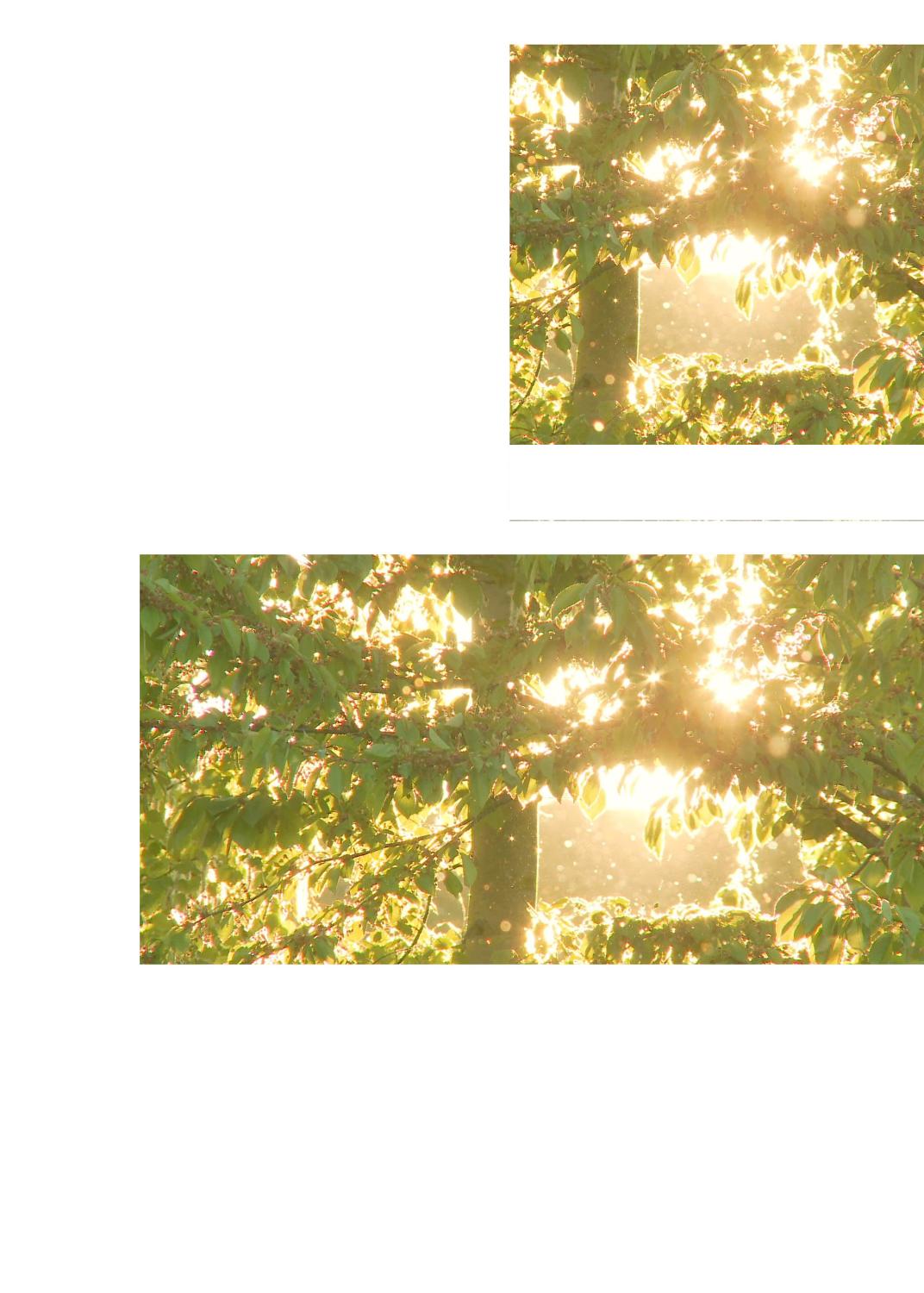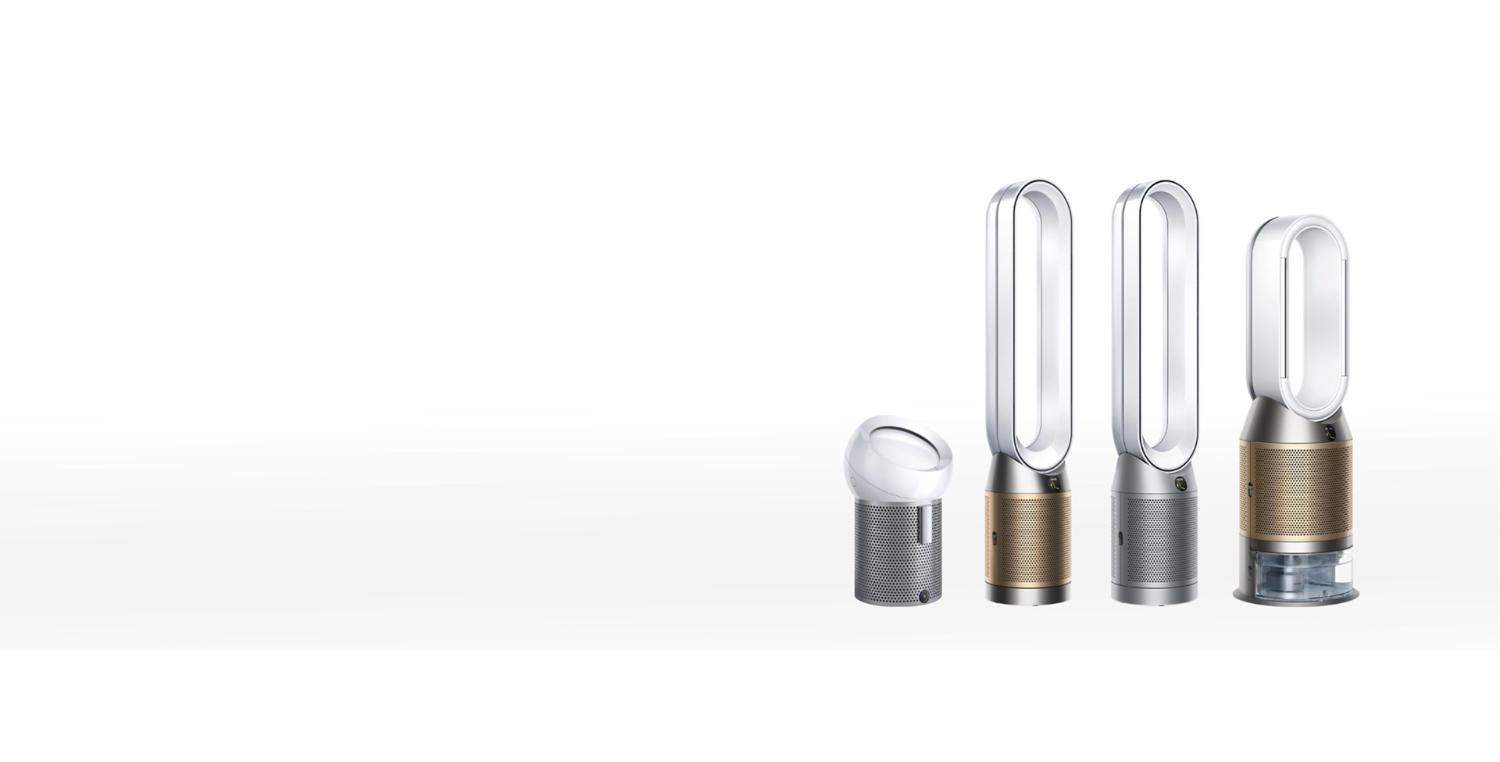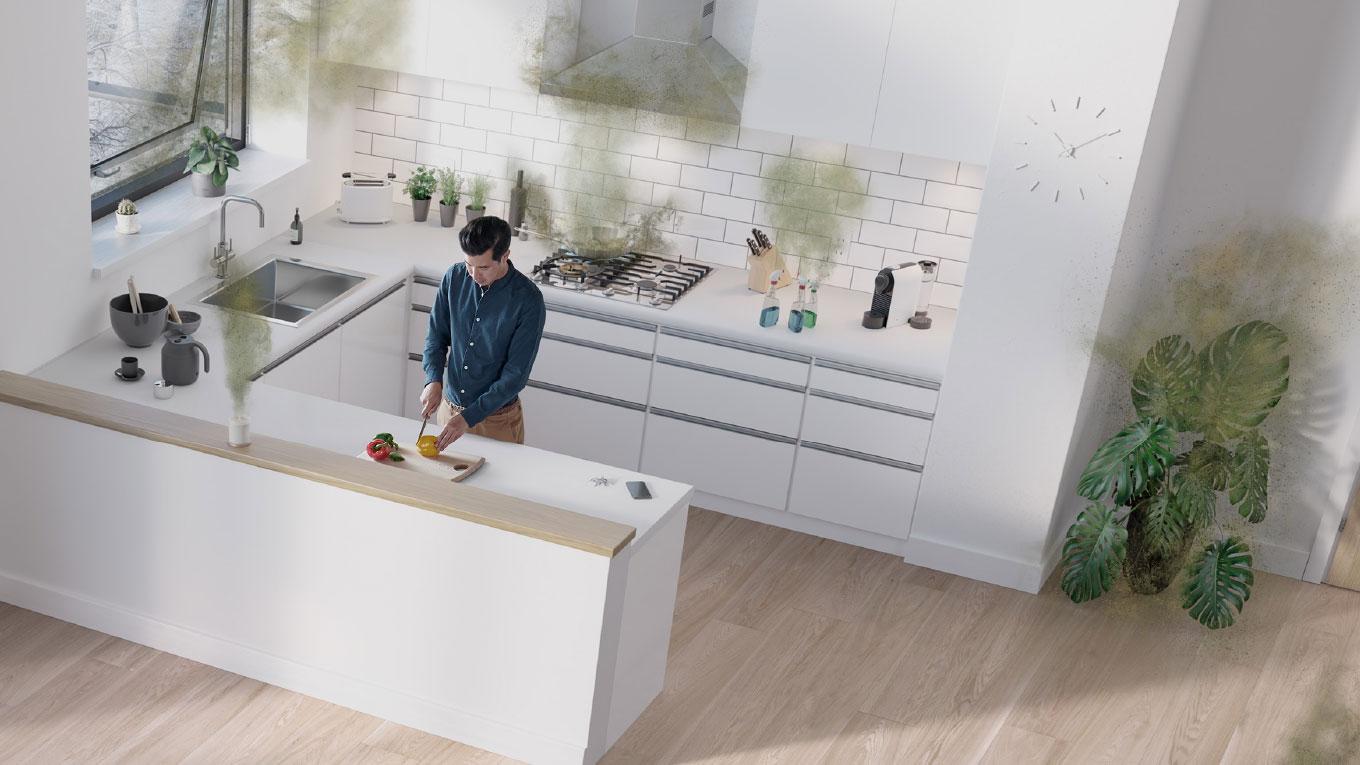Guide | July 25, 2023
Pollen allergy management: tips to help you get through allergy season

What are seasonal allergies?
A seasonal allergy is an allergy that occurs during a specific time of the year. Most often, seasonal allergies are caused by grass, tree and weed pollen, but triggers can vary for different people across the seasons. Different types of plant pollen are released throughout allergy season:
- spring – tree pollen is high
- summer – grass pollen is high
- autumn – weed pollen, such as ragweed, is high.
The symptoms you experience will depend on the type of pollen, or pollens, you’re sensitive to.
Seasonal allergies are on the rise
If you think pollen season has intensified in recent years, you may be correct. Some studies suggest that increasing temperatures and carbon dioxide levels are causing allergy seasons to start earlier and last longer.¹,²
Higher than normal temperatures can spark trees to start producing their pollen early. Trees usually pollinate from mid-March to late May but may be pollinating sooner because of global warming. In a statement published in 2015, the World Allergy Organisation stated that climate change will affect the start, duration, and intensity of the pollen season and exacerbate the effects of pollutants and respiratory infections on asthma.³
Seasonal allergy symptoms
Common seasonal allergy or hay fever symptoms include:
- sneezing and coughing
- a runny or blocked nose
- itchy, red or watery eyes
- itchy throat, mouth, nose and ears
- loss of smell
- feeling tired.
Pollen allergy management
It may seem obvious, but decreasing your exposure to pollen allergens is the best way to avoid symptoms.
Here are some simple tips that can help you to reduce symptoms, while still enjoying the outdoors:
1. Determine that it’s definitely an allergic reaction
The sudden change from cool to warm weather may make it difficult to tell a seasonal allergic reaction from a cold or virus. If your congestion lasts for more than two weeks, your symptoms seem to get worse after you’re exposed to triggers, or you don’t have a fever and aches, it’s more likely to be caused by allergies as opposed to a cold or virus.⁴
2. Check a pollen calendar
Keep a diary of your hay fever symptoms and use an online allergy calendar to see which pollens are most likely to be in the air at that time. This may help you understand the types of pollen – and plants – you’re particularly sensitive to.
3. Avoid peak pollination times
It’s best to enjoy outdoor activities when pollen levels are lowest. Peak pollination occurs for a few hours after sunrise and during the hours after sunset. Try to run errands midday or after work.
4. Watch the weather
Most of us love sunnier, drier weather, but pollen counts are lower on cloudy, rainy and windless days.⁵ If you want to minimise symptoms, check weather forecasts before going out. Some forecast apps let you track pollen count, allowing you to plan activities around pollen exposure.
5. Reduce pollen contact outdoors
If gardening, avoid touching your face – particularly your eyes. Wear a wide-brimmed hat and sunglasses to reduce the amount of pollen that could also blow into your eyes. If pollen does contact your eyes, consider rinsing them with saline eye drops.
Try to reduce activities that cause pollen to re-enter the air, such as lawn mowing or leaf blowing. But as these tasks need doing in the summer months, try a face mask and goggles to reduce pollen contact.
6. Wash away allergens
Pollen can collect on your skin, hair, clothes, footwear and pets.⁶ After you’ve been outdoors, aim to wash your clothes as soon as you take them off, and shower to wash away pollen particles. This will also stop pollen sticking to your pillow, which may worsen symptoms long after exposure.
7. Prevent pollen entering your home
Keep windows closed as much as possible to prevent pollen from drifting inside. Drying clothes indoors, rather than on a clothesline in the garden, will stop pollen sticking to sheets and towels. It’s also a good idea to take your shoes off at the door to prevent allergens spreading. If you own a dog or outdoor cat, wipe their paws and fur when they enter too, since pollen can cling to them.
8. Use pollen allergy treatment
Antihistamines can help to treat several allergies, including hay fever. Histamine is a chemical produced by your immune system to attack allergens. When you experience hay fever symptoms such as sneezing or watery eyes, this reaction is your body trying to remove allergens. Antihistamines help by reducing or blocking histamine. Depending on your symptoms, you may also benefit from eye drops and/or nasal sprays, but consult your local pharmacist or GP before taking any medicines.
9. Purify the air in your home
Rather than opening windows on warm days, use a purifier – such as the Dyson Purifier Humidify+Cool™ Autoreact – to purify your indoor air and keep you cool, too. Dyson purifiers use HEPA H13 filtration and capture ultrafine dust and allergens. They use powerful airflow and capture 99.95% of ultrafine particles⁷ – so you can breathe cleaner air.
10. Vacuum regularly
Finally, keep a clean home by vacuuming at least once a week, especially if you own pets. Make sure your vacuum cleaner also has a HEPA filter, as some allergens are so small that they can pass through a regular vacuum filter. Without HEPA filtration, these tiny particles removed from your floors and surfaces may release back into the air, where you breathe them in. If you suffer from seasonal allergies, it’s important for your vacuum to trap microscopic particles and fine dust.
Now you have everything you need to know about what causes seasonal allergies, also known as hay fever. And by following these simple tips you’ll help reduce your exposure to allergens.

Read more
Press contacts
United Kingdom
Email us at press.office@dyson.com
Social media
Twitter: @dyson
Instagram: @dyson, @dysonhair
LinkedIn: Dyson
Facebook: facebook.com/dyson
YouTube: youtube.com/dyson
Sources:
¹Schmidt, C (2016) Pollen Overload: Seasonal Allergies in a Changing Climate, Environmental Health Perspectives, 124 (4).
²Anderegg et all (2021) Anthropogenic climate change is worsening North American pollen seasons, PNAS 118 (7).
³D’AMATO, G., CECCHI, L., D’AMATO, M. & LICCARDI, G. (2010). Urban air pollution and climate change as environmental risk factors of respiratory allergy: an update. J Investig Allergol Clin Immunol, 20, 95-102; quiz following 102.
⁴American Academy of Allergy Asthma and Immunology. Is It a Cold or Allergies? https://www.health.harvard.edu/diseases-and-conditions/is-it-a-cold-or-allergies. Accessed March 2023.
⁵GIOULEKAS et al (2004). Fifteen years’ record of airborne allergenic pollen and meteorological parameters in Thessaloniki, Greece. Int J Biometeorol, 48, 128-36.
⁶TAKAHASHI, Y. 2008. Two Routes for Pollen Entering Indoors: Ventilation and Clothes.
⁷Tested for filtration efficiency at 0.1 microns (EN1822, ISO29463).







